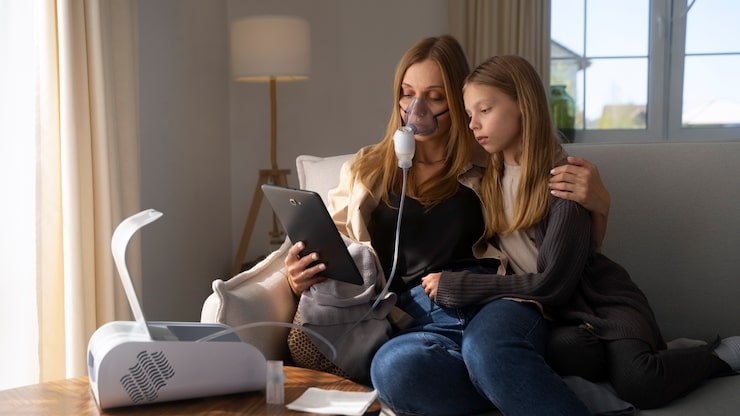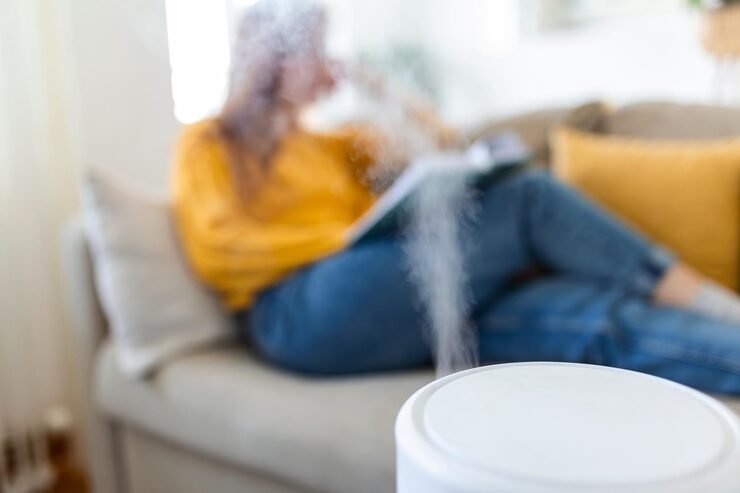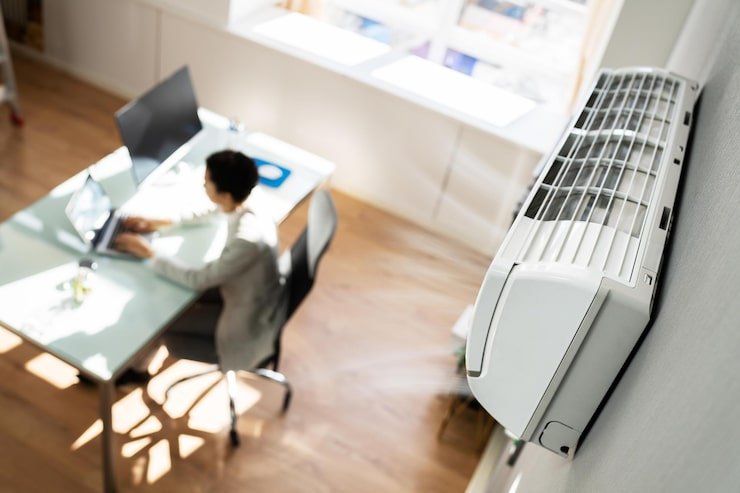The Hidden Dangers of Formaldehyde in Your Home: How to Detect and Reduce Exposure
- admin323029
- Blog

Indoor air quality impacts your health more than you think. Many homes across Massachusetts and New Hampshire contain hidden pollutants that are often overlooked. Among the most concerning are Formaldehyde & VOCs. These substances enter the air from furniture, flooring, and cleaning supplies. Over time, they affect comfort, health, and safety inside your home.
What Are Formaldehyde & VOCs?
Volatile Organic Compounds, or VOCs, are gases released by common household products. Formaldehyde is one of the most studied VOCs and is classified as a human carcinogen by the U.S. Environmental Protection Agency. You breathe these chemicals without noticing, and the effects build up.
Formaldehyde & VOCs are found in:
-
Pressed wood products like particleboard, MDF, and plywood
-
Carpets, rugs, and upholstery treated with chemicals
-
Paints, stains, and adhesives
-
Cleaning sprays, disinfectants, and air fresheners
Older homes in Massachusetts and New Hampshire with limited airflow often trap these compounds. Newer homes with tighter construction also face high VOC levels because fresh materials release more gases.
Why Formaldehyde & VOCs Are a Serious Concern
Exposure to Formaldehyde & VOCs affects people differently. Short-term effects include watery eyes, throat irritation, headaches, and nausea. Long-term exposure raises the risk of asthma and other respiratory conditions. Studies link high levels of formaldehyde to cancer risk.
Children, older adults, and people with pre-existing health issues are especially vulnerable. For families in Massachusetts and New Hampshire who spend long winters indoors, this exposure is even more concerning. Testing and prevention are essential steps to protect your household.
Formaldehyde & VOCs: How to Detect Them
Detecting Formaldehyde & VOCs requires careful observation and testing. Common warning signs include strong odors, eye or throat irritation, and headaches that fade when you leave home.
For a more accurate assessment, consider these options:
-
DIY test kits. These provide a snapshot of VOC levels but vary in accuracy.
-
Professional air quality testing. Licensed inspectors use advanced equipment to measure VOC concentrations and identify sources.
-
Home inspections. Some Massachusetts and New Hampshire home inspection companies include VOC testing as part of their services.
Regular testing is especially important after renovations, new furniture purchases, or when moving into a new home.
How Formaldehyde & VOCs Enter Indoor Air
Most people do not realize how many household materials release chemicals into the air. Formaldehyde & VOCs enter your indoor space through a process called off-gassing. New cabinets, carpets, and pressed wood furniture release gases over time. Cleaning sprays, candles, and air fresheners add more VOCs daily.
In colder states like Massachusetts and New Hampshire, sealed homes keep warm air in but trap pollutants inside. Without ventilation or air cleaning, VOC levels continue to rise. The result is long-term exposure to harmful chemicals without realizing it.
Practical Ways to Reduce Formaldehyde & VOCs
Reducing exposure to Formaldehyde & VOCs does not always require expensive solutions. Small, consistent steps improve indoor air quality:
-
Ventilate often. Open windows on mild days and use exhaust fans in kitchens and bathrooms.
-
Buy safer products. Choose paints, cleaners, and finishes labeled “low-VOC” or “VOC-free.”
-
Use air purifiers. Activated carbon filters are effective in trapping VOCs.
-
Control humidity. Keep indoor humidity between 30 and 50 percent to slow the release of gases.
-
Select solid wood furniture. Avoid pressed wood and particleboard when possible.
-
Limit chemical cleaners. Switch to natural alternatives like vinegar or baking soda solutions.
Taking these steps is especially valuable in Massachusetts and New Hampshire homes where seasonal conditions keep windows closed for long periods.
Professional Help for VOC Reduction
While personal actions make a difference, professional services give you peace of mind. Indoor air quality specialists test for Formaldehyde & VOCs with precision tools. They recommend ventilation upgrades, filtration systems, and safe material choices.
In Massachusetts and New Hampshire, many homeowners request VOC testing during home inspections or remodeling projects. Addressing VOCs early protects both property value and family health.
Formaldehyde & VOCs in Everyday Life
Understanding how Formaldehyde & VOCs impact your life is important. From new flooring to cleaning habits, daily choices affect exposure levels. By being selective with products, improving airflow, and seeking professional testing, you gain more control over your home’s environment.
Families in Massachusetts and New Hampshire benefit from paying close attention to these details. With winters keeping homes sealed for months, addressing VOCs is not optional. It is a practical step toward healthier living.
Take Action Today
Formaldehyde & VOCs are hidden dangers in many homes. They reduce indoor air quality, trigger health problems, and increase long-term risks. By testing your air, reducing sources, and working with professionals, you create a safer space for your family.
If you are in Massachusetts or New Hampshire, contact our team today to schedule an air quality inspection. Take the first step toward cleaner, healthier air inside your home.
FAQs about Formaldehyde & VOCs
1. What are the most common household sources of Formaldehyde & VOCs?
Furniture made from pressed wood, carpets, paints, adhesives, and cleaning products are the main contributors. These items release chemicals into the air over time.
2. How harmful are Formaldehyde & VOCs to health?
Short-term exposure leads to headaches, irritation, and nausea. Long-term exposure has been linked to asthma and increased cancer risk, making control essential.
3. How do I test my home for Formaldehyde & VOCs in Massachusetts or New Hampshire?
You can use DIY kits for a basic reading, but professional air quality testing is more accurate. Local inspection companies provide reliable assessments and solutions.
4. What steps lower Formaldehyde & VOCs most effectively?
Ventilation, using low-VOC products, air purifiers with carbon filters, and humidity control are proven methods to reduce VOC levels indoors.
5. Do newer homes have more problems with Formaldehyde & VOCs than older homes?
Yes. New homes often use more manufactured wood, adhesives, and finishes, which off-gas at higher levels. Testing is strongly recommended after construction or remodeling.
Are you worried about the cleanliness of your space?
Let us help you! Cleaning services are our specialty, and we offer a complete range of cleaning and maintenance services. Get a free estimate!




